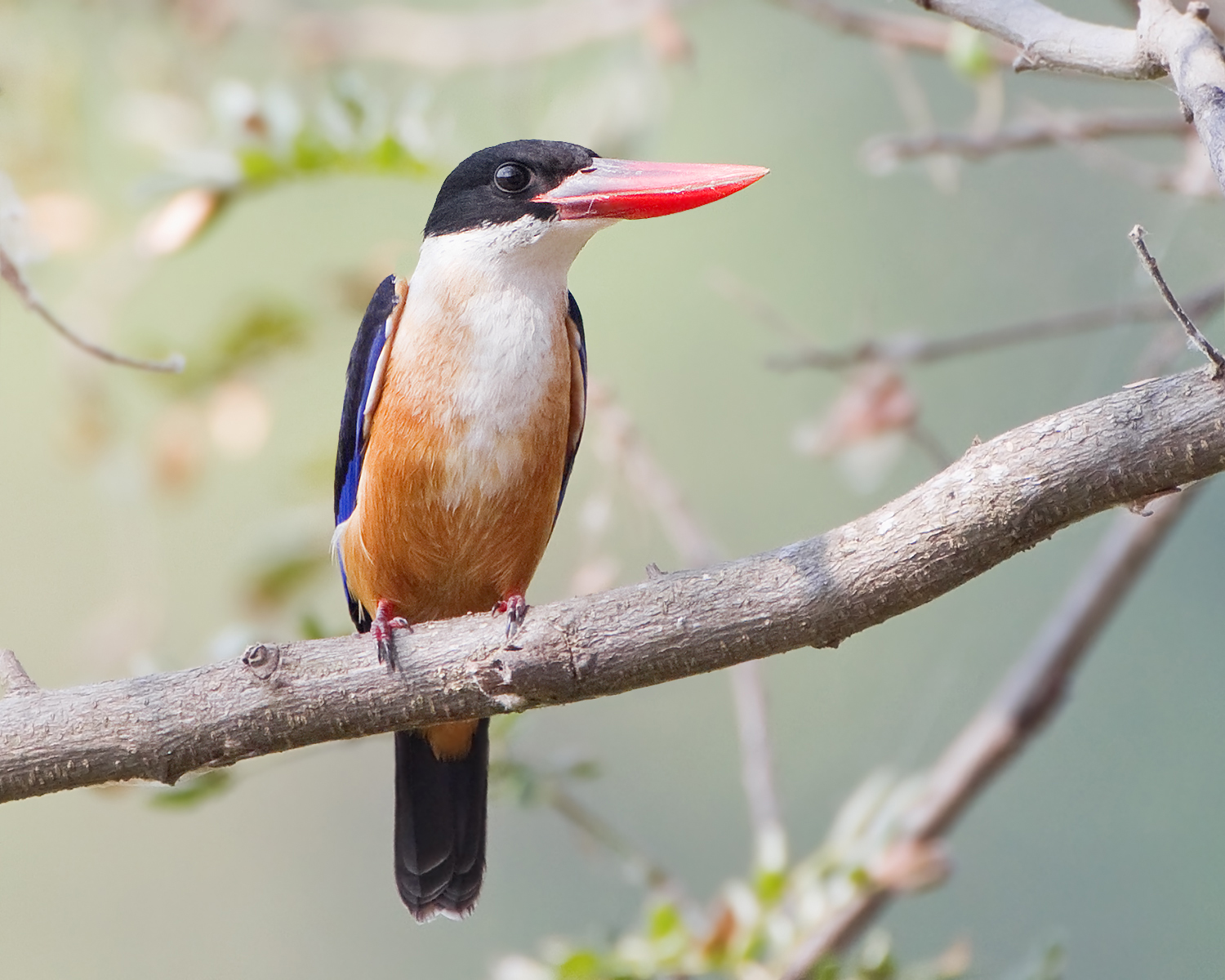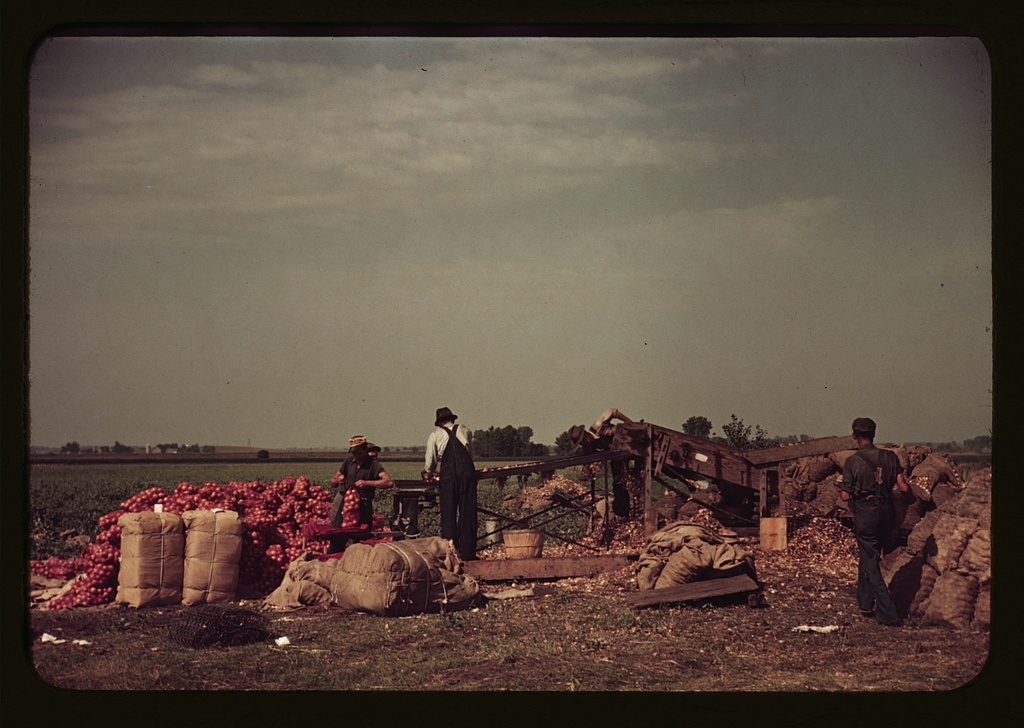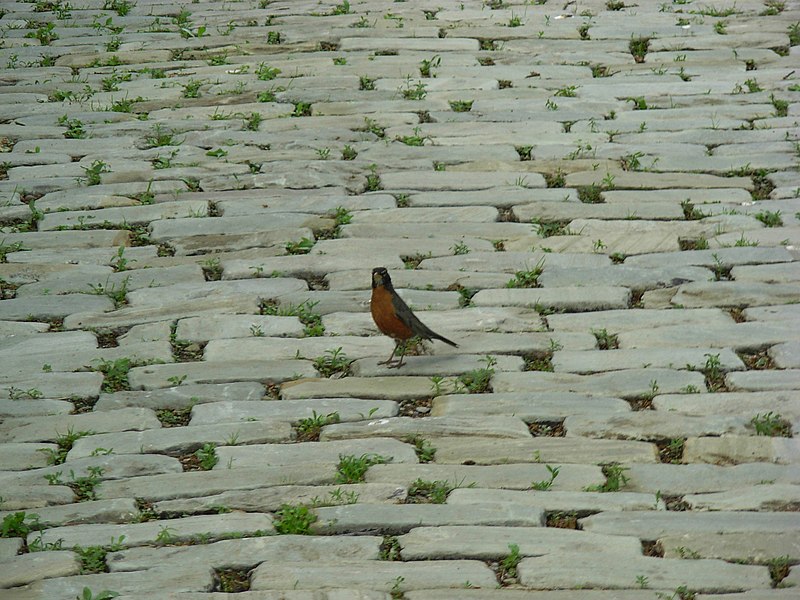.

Black-capped Kingfisher (Halcyon pileata), Phra Non, Nakhon Sawan, Thailand: photo by J. J. Harrison, 2 February 2011
He saw, through the man's skin, his skeleton. It had been wired together, the bones connected with fine copper wire. The organs, which had withered away, were replaced by artificial components, kidney, heart, lungs -- everything was made of plastic and stainless steel, all working in unison but entirely without authentic life. The man's voice issued from a tape, through an amplifier and speaker system. Possibly at some time in the past the man had been real and alive, but that was over, and the stealthy replacement was taking place, inch by inch, progressing insidiously from one organ to the next, and the entire structure was there to deceive others. To deceive him, in fact...
Philip K. Dick: from Martian Time-Slip, 1964
Philip K. Dick: from Martian Time-Slip, 1964
Winter of inutile fretfulness and pain
Forgetting the little things and remembering the large
and as the light goes down, visions
of the small insectivorous birds of southeast Asia
In the country of the stranger, the nation
of the enemy, within the endarkened heart
The fallen bird in the gutter, after the holiday weekend car
hit it -- struggling for life, a female robin
Still warm in the palm, heart beating, neck
broken -- flexed backward impossibly, unable to breathe
Walked off and left it wing-folded in the ivy bank, whence frantic peeps
of the young still came
No longer able to remember
all those sad parades
Forgetting the little things and remembering the large
and as the light goes down, visions
of the small insectivorous birds of southeast Asia
In the country of the stranger, the nation
of the enemy, within the endarkened heart
The fallen bird in the gutter, after the holiday weekend car
hit it -- struggling for life, a female robin
Still warm in the palm, heart beating, neck
broken -- flexed backward impossibly, unable to breathe
Walked off and left it wing-folded in the ivy bank, whence frantic peeps
of the young still came
No longer able to remember
all those sad parades
American Robin (Turdus migratorius), on pavement: photo by Piotrus, 2007


Girl next to barn with chicken: photographer unknown, between 1941 and 1942 (Farm Security Administration/Office of War Information Collection, Library of Congress)

Girl with doll standing by fence: photographer unknown, between 1941 and 1942 (Farm Security Administration/Office of War Information Collection, Library of Congress)

Man outdoors, possibly a farmer: photographer unknown, between 1941 and 1942 (Farm Security Administration/Office of War Information Collection, Library of Congress)

Man, possibly a farmer or agricultural laborer: photographer unknown, between 1941 and 1942 (Farm Security Administration/Office of War Information Collection, Library of Congress)

Small farm of John P. Collier, Taunton, Massachusetts: photo by Jack Delano, January 1941 (Farm Security Administration/Office of War Information Collection, Library of Congress)

Grading and packing onions, Rice County, Minnesota: photo by Arthur Rothstein, September 1939 (Farm Security Administration/Office of War Information Collection, Library of Congress)

Basket of eggplants: photographer unknown, between 1941 and 1942 (Farm Security Administration/Office of War Information Collection, Library of Congress)

Field of cotton: photographer unknown, between 1941 and 1942 (Farm Security Administration/Office of War Information Collection, Library of Congress)

Field with tree stumps: photographer unknown, between 1941 and 1942 (Farm Security Administration/Office of War Information Collection, Library of Congress)

Houses and factories: photographer unknown, between 1941 and 1942 (Farm Security Administration/Office of War Information Collection, Library of Congress)

Brick building: photographer unknown, between 1941 and 1942 (Farm Security Administration/Office of War Information Collection, Library of Congress)

Barker at the grounds of the Vermont state fair, Rutland: photo by Jack Delano, September 1941 (Farm Security Administration/Office of War Information Collection, Library of Congress)

At the Vermont state fair, Rutland: photo by Jack Delano, September 1941 (Farm Security Administration/Office of War Information Collection, Library of Congress)

At the Vermont state fair, Rutland: photo by Jack Delano, September 1941 (Farm Security Administration/Office of War Information Collection, Library of Congress)

Federal housing project on the outskirts of the town of Yauco, Puerto Rico; about an acre of land is provided with each house: photo by Jack Delano, September 1941 (Farm Security Administration/Office of War Information Collection, Library of Congress)

Eroded land: photographer unknown, between 1941 and 1942 (Farm Security Administration/Office of War Information Collection, Library of Congress)

Trees in a reforestation project, Maryland [?]: photographer unknown, between 1941 and 1942 (Farm Security Administration/Office of War Information Collection, Library of Congress)

American Robin (Turdus migratorius), juvenile: photo by Ken, 1 June 2010; image by Snowmanradio, 2010

Black troops at the Memorial Day parade, Constitution Avenue, Washington, D.C., May 1942: photo by Royden Dixon (Farm Security Administration/Office of War Information Collection, Library of Congress)

Black troops at the Memorial Day parade, Constitution Avenue, Washington, D.C., May 1942: photo by Royden Dixon (Farm Security Administration/Office of War Information Collection, Library of Congress)

Girl next to barn with chicken: photographer unknown, between 1941 and 1942 (Farm Security Administration/Office of War Information Collection, Library of Congress)

Girl with doll standing by fence: photographer unknown, between 1941 and 1942 (Farm Security Administration/Office of War Information Collection, Library of Congress)

Man outdoors, possibly a farmer: photographer unknown, between 1941 and 1942 (Farm Security Administration/Office of War Information Collection, Library of Congress)

Man, possibly a farmer or agricultural laborer: photographer unknown, between 1941 and 1942 (Farm Security Administration/Office of War Information Collection, Library of Congress)

Small farm of John P. Collier, Taunton, Massachusetts: photo by Jack Delano, January 1941 (Farm Security Administration/Office of War Information Collection, Library of Congress)

Grading and packing onions, Rice County, Minnesota: photo by Arthur Rothstein, September 1939 (Farm Security Administration/Office of War Information Collection, Library of Congress)

Basket of eggplants: photographer unknown, between 1941 and 1942 (Farm Security Administration/Office of War Information Collection, Library of Congress)

Field of cotton: photographer unknown, between 1941 and 1942 (Farm Security Administration/Office of War Information Collection, Library of Congress)

Field with tree stumps: photographer unknown, between 1941 and 1942 (Farm Security Administration/Office of War Information Collection, Library of Congress)

Houses and factories: photographer unknown, between 1941 and 1942 (Farm Security Administration/Office of War Information Collection, Library of Congress)

Brick building: photographer unknown, between 1941 and 1942 (Farm Security Administration/Office of War Information Collection, Library of Congress)

Barker at the grounds of the Vermont state fair, Rutland: photo by Jack Delano, September 1941 (Farm Security Administration/Office of War Information Collection, Library of Congress)

At the Vermont state fair, Rutland: photo by Jack Delano, September 1941 (Farm Security Administration/Office of War Information Collection, Library of Congress)

At the Vermont state fair, Rutland: photo by Jack Delano, September 1941 (Farm Security Administration/Office of War Information Collection, Library of Congress)

Federal housing project on the outskirts of the town of Yauco, Puerto Rico; about an acre of land is provided with each house: photo by Jack Delano, September 1941 (Farm Security Administration/Office of War Information Collection, Library of Congress)

Eroded land: photographer unknown, between 1941 and 1942 (Farm Security Administration/Office of War Information Collection, Library of Congress)

Trees in a reforestation project, Maryland [?]: photographer unknown, between 1941 and 1942 (Farm Security Administration/Office of War Information Collection, Library of Congress)




6 comments:
Tom,
Forgetting the little things and remembering the large
. . .
No longer able to remember. . . .
5.28
sunlit white clouds above still shadowed
ridge, blue jay landing on redwood fence
in foreground, sound of waves in channel
drawing after painting, see
subject sort of scene
that now means passing away,
its “It was,” is that
shadowed cloud against invisible ridge,
cormorant flapping across toward point
Who cares not for birds? They are lovely.
despite the enormity of the cause of the fallen bird, the lines
'No longer able to remember
all those sad parades'
distinctively identify your pulse
enough smoke rising up tonight Tom.
It’s always funny, one’s reactions to a work of art. Seeing (then reading quickly through) this, I immediately thought how great it was finding familiar elements (poetry, selected supporting/refracting literature, various picture types included in previous posts and series of posts) recombined in a new way.
Reviewing, slowing down and absorbing the sadness, which I certainly recognize and identify with my own:
Winter of inutile fretfulness and pain
Forgetting the little things and remembering the large
and then going on to the rest was a very rewarding, somewhat sobering, and exactly appropriate introduction to Memorial Day weekend.
In the end, I returned to the head end of things and to the black-capped kingfisher, which made me very happy again, which also seemed appropriate. (I always think, as most people do, I’ll get through this mess somehow.) Yesterday evening we sat outside for awhile listening to the birds sing and had one of those conversations about what all the noise/music could mean, if anything, obviously never arriving at any answers. We have a wonderful mocking bird, who is mostly invisible, who of course is the biggest mystery of all with his weird summing up exercises. I don’t know, but he seems extremely happy. Curtis
Tom -
Some lovely, tender responses to a moving post.
'Talking as we were of disappearing lines.'
These lines don't disappear, they spool out and catch on and hold to the others and suddenly there's a web humming that can't be broken by Google glitches or anything else. Once it's out there, it's out there, doing it's work, and nothing's then the same. That's what this post and these responses, mine included, say to me, Tom.
Tom,
"and as the light goes down" (and comes back). . . .
5.29
silver edge of sun rising over shadowed
plane of ridge, red-tailed hawk calling
in foreground, sound of wave in channel
present itself as what will
soon be past, feel it
can continue, discover this
took place, had these
silver of sunlight reflected in channel,
sunlit green of pine on tip of sandspit
"...and suddenly there's a web humming that can't be broken"
That's a lovely save-the-day comment.
And lo, what is it that breaks through the dense cloud bank on yonder hill?
Can that be... day?
Curtis, the unseen birds have the sweetest songs, I think.
Post a Comment